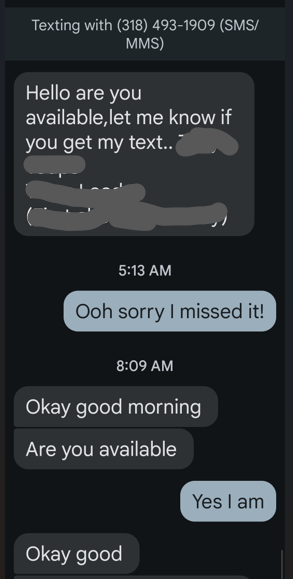A Surprising Advantage of Video Conferencing over Face to Face
If the Covid years have taught us anything, it's that face to face meetings are far better than meeting on Zoom.
In a Zoom meeting, because of the slight delay between sending and receiving, there’s always this kind of forced good manners where you have to wait for someone to come to a complete end of their statement. Someone finishes their sentences, and then there’s a long pause, and then someone starts to speak again. It doesn’t have the rhythm and dynamism of normal conversation, where people can talk over each other a little bit, react instantly to what is being said, and pick up on more non-verbal cues. In a Zoom meeting, it doesn’t feel like a real conversation; it feels like people are making prepared statements.
Jonathan Levav, the King Philanthropies Professor of Marketing at Stanford Graduate School of Business, studied and attempted to quantify the advantages and disadvantages to Zoom communication and found, as one might expect, that video conferencing is no substitute for face-to-face communication, especially where creativity is concerned.
However, there is one surprising advantage that video conference participants have over face to face. When it comes to decision-making tasks, zoom meeting groups were shown to outperform face to face meetings, albeit only slightly.
“What we found is that actually the groups working on Zoom did a little bit better at the decision-making task than at the creative idea generation task. And if you think about the psychological requirements of the decision-making task, it makes some sense. Because to make a decision, I have to narrow down on something. I have to be analytical; I have to be focused. It’s the exact opposite of the expansive thinking that’s required in creative idea generation.”
The reason for this discrepancy between creative and decision-making performance, Levav attributes to the forced “cognitive narrowness” of a video meeting. There is a strong relationship between people’s physical experience of their environment and their creative output. If their cognitive environment was very broad, their eyes going all over the room, for example, their creative output was better. In a video call, your attention is narrowly focused. That’s going to translate into a cognitive style that’s also narrow and more focused. The narrower focus is associated with better decision-making ability.
In considering whether to have a video meeting or face to face, a factor to consider is the type of output expected from the meeting. For most purposes, a face to face meeting is superior. But if the task in question is to make a decision between a limited set of alternatives, a video meeting might be appropriate.
Reference: https://www.gsb.stanford.edu/insights/zoom-or-out-why-face-face-meetings-matter
Photo by Chris Montgomery on Unsplash.png)

Comments
Post a Comment